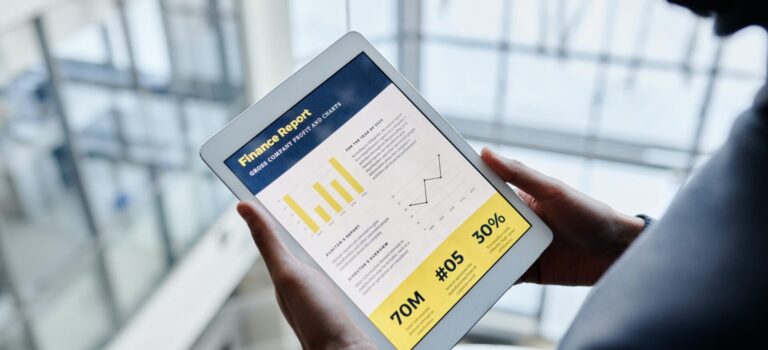The final full week of September contained several significant announcements that provided volatility. On Monday, Flash Manufacturing PMI and Flash Services PMI numbers were released. The manufacturing PMI came in at 47 percent, which was below the expected 48.6 percent and indicates that the sector is still in a period of contraction.
Meanwhile, the services PMI came in at 55.4 percent, which was roughly in line with expectations. It shows that the services sector is still in a period of expansion, which may help to stave off a recession or reduce its severity.
On Tuesday, the CB Consumer Confidence report was released and came in at 98.7. This was compared to the expected 103.9 and was a significant drop from last month when the report came in at 105.9. This could be a sign that services and retail spending may drop in the coming months or at least experience a period of softness in the final quarter of the year.
On Wednesday, it was revealed that there were 716,000 new home sales in August, which was lower than the month before but higher than the expected 699,000 sales. Mortgage rates are expected to remain closer to 6 percent over the next few months with some more easing possible. This is expected to get some sellers off the sidelines, increasing inventories.
On Thursday, a couple of data points related to the nation’s gross domestic product (GDP) were released. First, the final GDP report for the second quarter found that the economy grew by 3 percent, which matched analyst expectations. The final GDP price index came in at 2.5 percent, which was also what analysts expected. This figure calculates the change in price of goods and services that make up the GDP calculation.
It was also revealed that durable goods orders were flat on a monthly basis compared to an expected drop of 2.8 percent. Core durable goods orders were up .5 percent on a monthly basis compared to an expected increase of .1 percent. Finally, unemployment claims for the past week revealed that 218,000 claims for benefits were made during that time period compared to an expected 222,000 requests.
Finally, on Friday, the Core PCE Price Index was up .1 percent on a monthly basis. This was lower than the .2 percent increase expected before the release, and it is seen as another data point showing inflation coming under control.
The Dow was up 232 points to finish at 42,313, which is near the all-time highs that the market set this week. The high of the week occurred on Friday morning when the market reached 42,617 while the low was on Wednesday morning when the index dipped to 41,911.
The S&P 500 finished the week up 21 points to close at 5,738, which is also near the market’s all-time high of 5,760 set this week. On Tuesday, the market made its low of the week of 5,705 before reversing and climbing to its weekly and all-time high on Friday afternoon.
Finally, the Nasdaq also finished the week higher gaining 142 points to close at 18,119. The market would hit its low of the week on Tuesday when it fell to 17,894 and it would make its weekly high of 18,292 on Thursday afternoon.
In international news, Canada announced on Friday that its GDP grew .2 percent on a monthly basis. On Thursday morning, the Swiss central bank announced that it was going to reduce the country’s interest rate by 25 basis points to an even 1 percent. On Tuesday, Australia announced that it was holding its key interest rate steady at 4.35 percent.
The upcoming week will be another interesting one as the nonfarm payroll reports for September are released on Wednesday and Friday. The ADP report is expected to say that 124,000 jobs were created while the Bureau of Labor Statistics (BLS) is expected to say on Friday that 144,000 jobs were created during that time. The ISM Manufacturing PMI will be released on Tuesday while the ISM Services PMI will be released on Thursday. Finally, the Job Openings and Labor Turnover Survey (JOLTS) report is set to be released on Tuesday morning.





